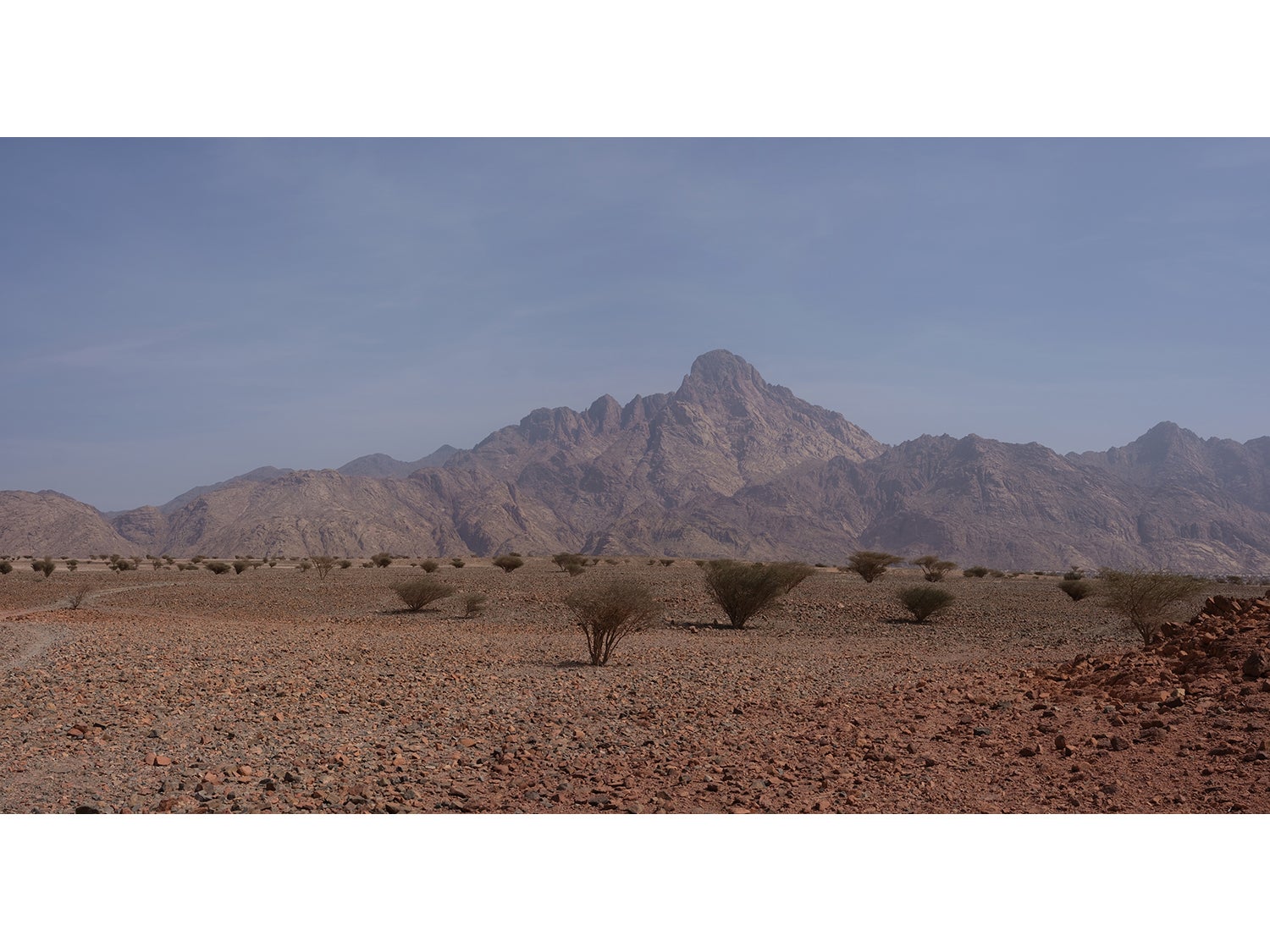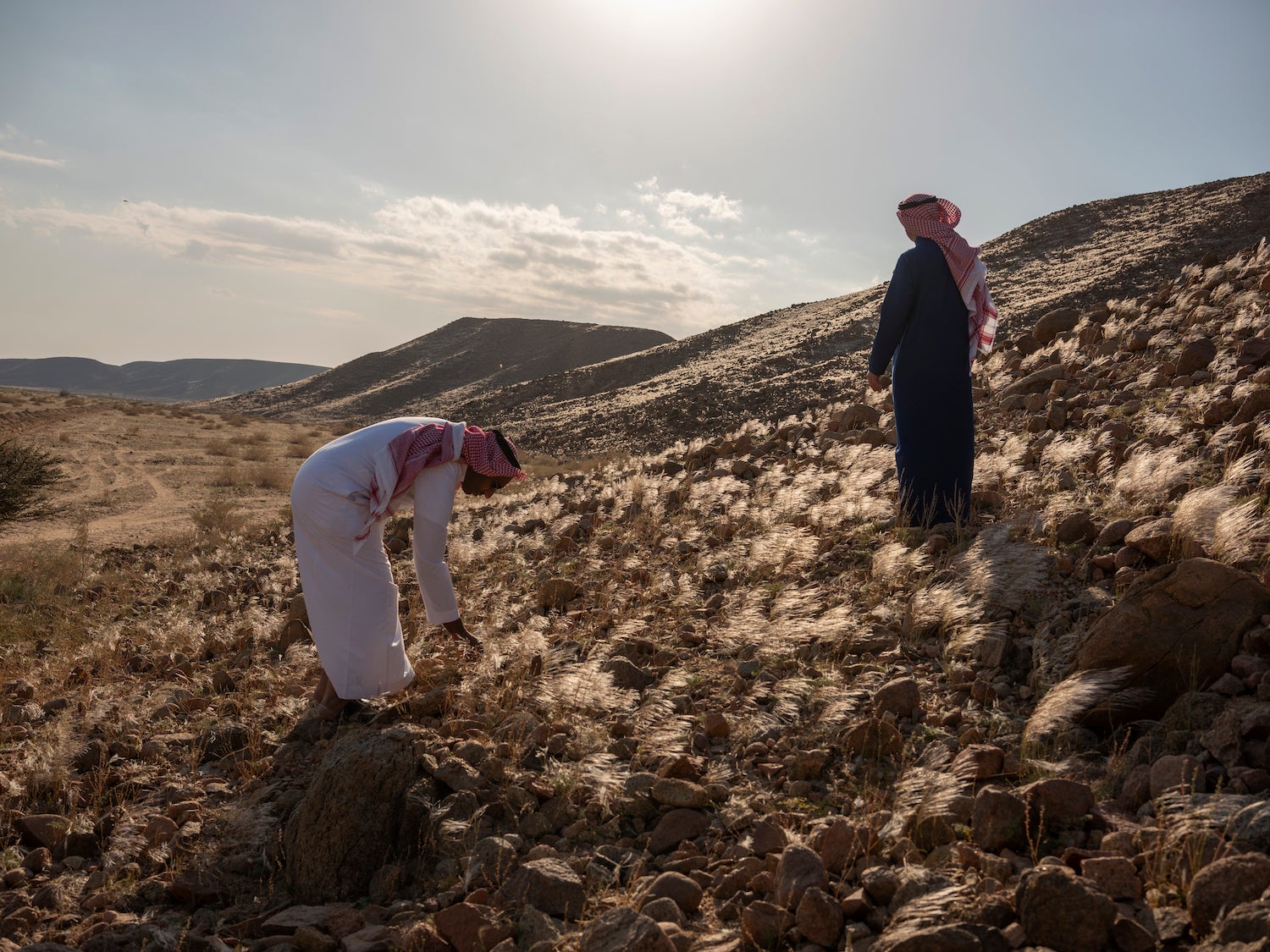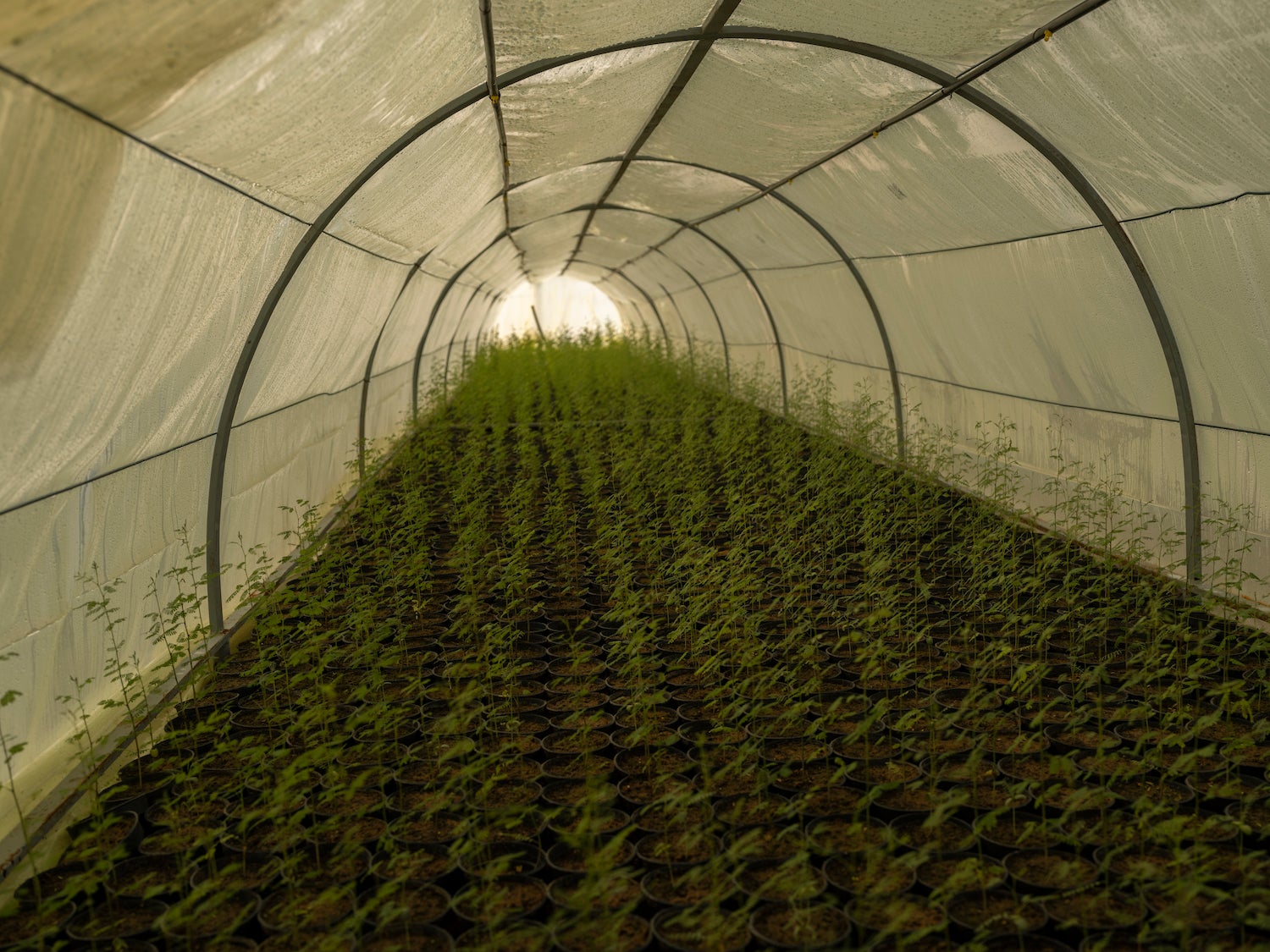A wetter, greener land: the wild side of NEOM, Part 2
The figures are ambitious – millions of trees planted, millions of hectares protected. But the ultimate ambition of NEOM’s Nature Reserve is even greater: to change the weather

When THE LINE was announced in the summer of 2022, there were plenty of people – architects, urban planners and engineers – keen to debate the feasibility of the city. However, much of the coverage failed to make mention of one of the most important elements of the project. Central to it is its commitment to conservation. “THE LINE,” the announcement ran, “puts nature ahead of development.”
The urban development, like the rest of NEOM, will run on 100% renewable energy. The region’s location provides the perfect conditions to harness wind energy and solar power; and its environmental efforts will be further bolstered by water desalination and wastewater treatment facilities that create zero waste discharge into the ocean.
As we discovered in the first part of this series, the NEOM landscape varies from balmy coast to snow-capped mountains, from an expansive coastal desert woven with seasonally-flowing wadis to the labyrinthine outcrops of the upper desert. The NEOM Nature Reserve encompasses a geographic diversity that supports equally diverse habitats and fascinating biodiversity.
Preserving, rewilding and regenerating these ecosystems is part of the wider Saudi Green Initiative (SGI). NEOM’s contribution includes regreening the land with 100 million native trees, shrubs and grasses – no palm plantations here – and establishing a protected zone across 25,000 sq. km where depleted land can recover – and where lost and endangered species can roam again. The NEOM team is working closely with Saudi’s National Centre for Vegetation Cover to maximise the project’s contribution.

What does the future of NEOM look like? It could take anything from 10 to 25 years, but in that time, the land should begin to create its own microclimate – crucially; trapping and distributing the little moisture that comes its way. This natural phenomenon is known as the ‘biotic pump.’
In arid places with poor or degraded vegetation, moisture simply gets lost. When the biotic pump is active, the ecosystem switches to what’s called a ‘wet optimal stable condition.’ The stronger the pump, the more that water in the form of mist clings to the shrubs, plants and trees. As atmospheric pressures shift, rainfall becomes more common. In highly arid systems, even small increases in the atmospheric moisture provided by increased vegetation cover can kick-start a positive feedback loop.
The result: a wetter, greener NEOM.
November, as we saw when we looked at the release of wild animals in AlUla, is an exciting time for people working to revive these arid lands. This is when the rains are most likely to arrive. In late November 2022, 1.5 million plants will be transported from a nursery in Riyadh and in December, January and February, the first of NEOM’s new generation of tree planting will take root.
It’s easy to say “the target is 100 million new trees,” but delivering them in only seven years is a different matter. Sourcing saplings of native species from nurseries can only take one so far. Within two years, NEOM will need to start producing its own stock. This will enable the reserve to bring back the full diversity of native flora and experiment with ways to accelerate plant growth and maximise long-term survivability without ongoing dependence on humans. Additionally, it will help to ensure that all the flora planted comes from local species, already adapted to the harsh conditions.

Is this an over-ambitious experiment in a hot and dry land that is forecast to become even hotter and drier? Certainly. However, the plan is driven by science and an intimate understanding of the ecology and the history of the region. Reversing desertification is possible.
The geological record tells an encouraging story. In Northern Arabia, between 10,800 and 7,900 years ago, this desert land looked very different. That was the height of the Holocene Humid Period in Northern Arabia, a phenomenon that ‘greened’ whole areas of the Sahara and Arabia.
While these levels of rainfall won’t be seen any time soon, the accounts of early explorers and the oral history of the region paint a picture of vegetated islands, savannas forested with acacia trees and spring-fed wadis flowing for long seasons. By working with nature and reversing the effects of centuries of human influence, this project may be the helping hand the region needs to thrive.
As Dr Paul Marshall, Head of NEOM’s Nature Reserve puts it, there is no magic bullet. “But in such a challenging climate, even small increases in vegetation abundance, cover, complexity and native plant diversity will have enormous benefits – to NEOM’s ecology, wildlife, and people.”
Learn more about the Saudi Green Initiative here.
